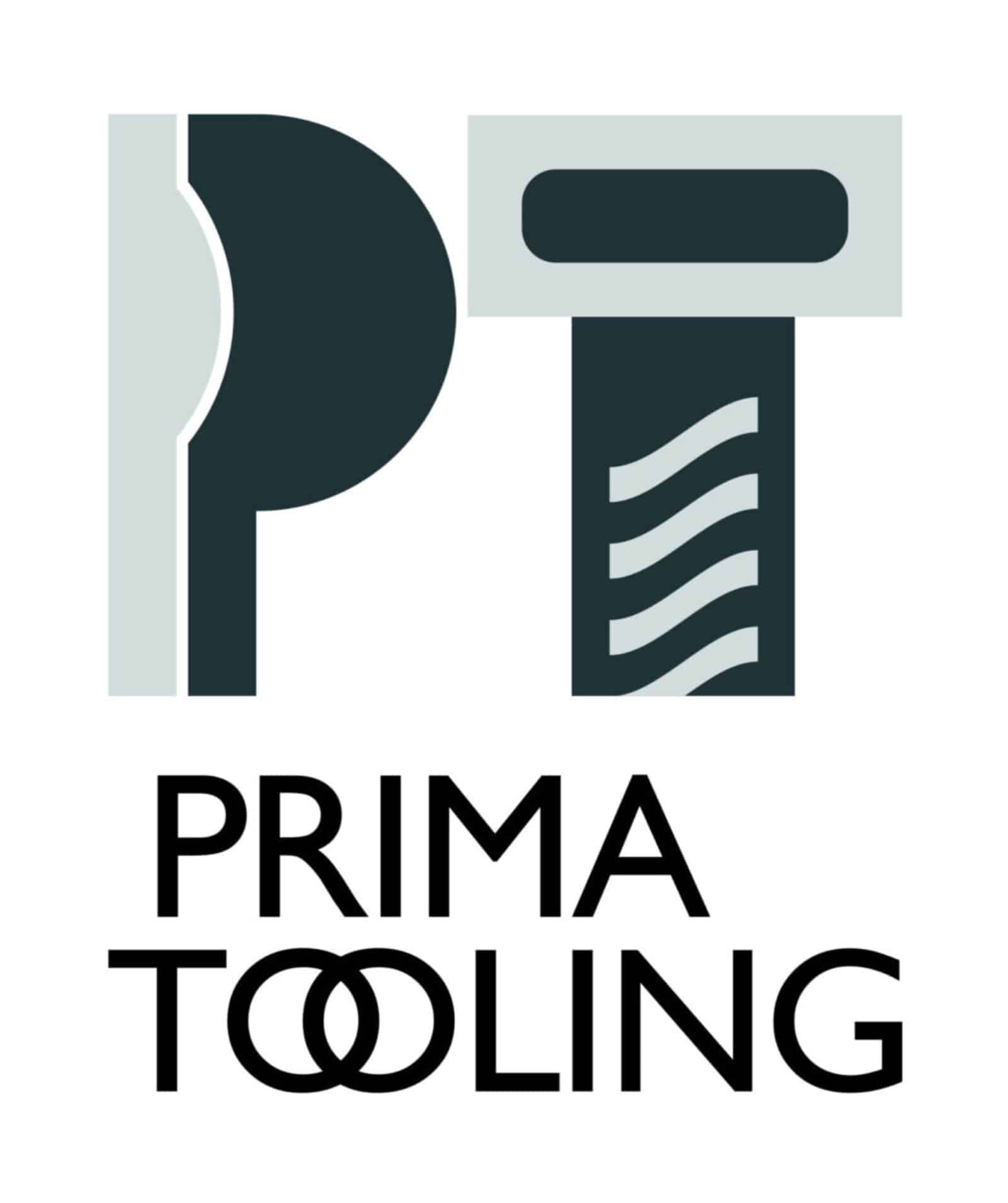Using CNC router bits can make woodworking projects easier and more precise. These tools are crucial for cutting, shaping, and detailing wood. To get the best results, it’s important to know how to choose the right bits and use them properly. This helps you work faster and protects your tools from wear and tear.
Selecting the right CNC router bits depends on the type of work you have. Different bits are designed for specific tasks, like carving intricate designs or cutting straight lines. Understanding the types of bits and their uses can help you make better choices. Picking the right bit not only improves your work quality but also saves time and effort.
Keeping your bits in good shape is another key aspect. Cleaning and storing them properly helps them last longer. Regular maintenance reduces the chances of errors and ensures smooth operation. This guide aims to provide you with essential tips and best practices to make the most of your CNC router bits. By following these tips, you can achieve better results and enjoy a more efficient woodworking experience.
Choosing the Right CNC Router Bits
Using the right CNC router bits is essential for getting good results. There are different types of bits, each made for specific tasks. For example, straight bits are perfect for cutting straight lines and shaping edges. V-bits are great for engraving detailed designs. Ball-nose bits are best for 3D carving. Each bit has its own unique use, so it’s important to know which one is right for your job.
When selecting router bits, consider the material you will be working with. Some bits work better with wood, while others are designed for metal or plastic. The size and shape of the bit also matter. Smaller bits are ideal for detailed work, while larger bits can remove more material quickly.
Another factor to consider is the quality of the bit. High-quality bits may cost more, but they last longer and provide cleaner cuts. Checking the manufacturer’s guidelines can help you choose the best bit for your needs. Make sure the bit is compatible with your CNC machine to avoid any problems.
Maintenance Tips for CNC Router Bits
Keeping your CNC router bits in good condition is crucial for their performance and longevity. Proper cleaning and storage can make a big difference. After using a router bit, remove any debris and wood dust. A soft brush or a cloth can help you clean the bits without damaging them. Avoid using harsh chemicals that can harm the bits.
Storing your router bits properly is also important. Keep them in a dry, cool place to prevent rusting. Use a storage case with individual slots to keep the bits separate and prevent them from knocking into each other. This keeps them sharp and ready for use.
To maintain the sharpness of your bits, consider using a sharpening tool specifically designed for router bits. Regularly sharpening your bits helps maintain cutting efficiency and reduces the amount of force needed during cutting. This prolongs the life of both the bit and your CNC machine. By following these maintenance tips, you can ensure your router bits stay in excellent condition for a longer period.
Optimising Router Bit Performance
To get the best results from your CNC router bits, follow some best practices. First, always double-check that your bits are clean and sharp before starting any project. A clean bit reduces friction and ensures smoother cuts.
Set the correct speed and feed rates for the bit and material you are using. Running the machine at appropriate speeds prevents the bit from overheating and wearing out quickly. Feed rate refers to how fast the material moves through the bit. Too fast or too slow can cause poor cuts or even damage the bit.
When making multiple passes, removing a little material at a time can help. This method reduces stress on the bit and machine, resulting in cleaner cuts. Also, ensure the workpiece is secured firmly to prevent movement during operation. Using clamps or a vacuum table can achieve this.
Troubleshooting Common Issues
Problems can still occur even with the best practices. Knowing how to identify and solve these issues is essential. One common problem is chipping on the edges of the material. This can happen if the feed rate is too high or if the bit is dull. Slow down the feed rate and sharpen the bit to fix this issue.
Burn marks on the material usually indicate that the bit is moving too slowly or is overheating. Check the speeds and feeds to ensure they are set correctly. Also, make sure the bit is not clogged with debris.
To extend the lifespan of your bits, follow a few simple tips. Always use the right bit for the material and task. Avoid pushing the bit beyond its limits by working slowly and steadily. Regularly inspect your bits for wear and tear, and replace them when necessary. Proper maintenance routines, such as cleaning and sharpening, also contribute to longer bit life.
Conclusion
Utilising CNC router bits effectively involves choosing the right bits, maintaining them well, and following best usage practices. Understanding the types of bits and their specific uses helps in making informed choices. Regular maintenance ensures the bits perform well and last longer. Optimising performance through correct speeds and feeds can make a significant difference. Finally, knowing how to troubleshoot common issues allows you to ensure smooth operations.
By integrating these practices, you can achieve precise and efficient results in your woodworking projects. Whether you’re a professional or a hobbyist, these tips will help you make the most of your CNC router bits.
For top-quality precision cutting tools, visit Prima Tooling. Our range of CNC router bits in the UK and expert advice can guide you to better project outcomes. Contact us today to enhance your CNC operations with the best tools available.
